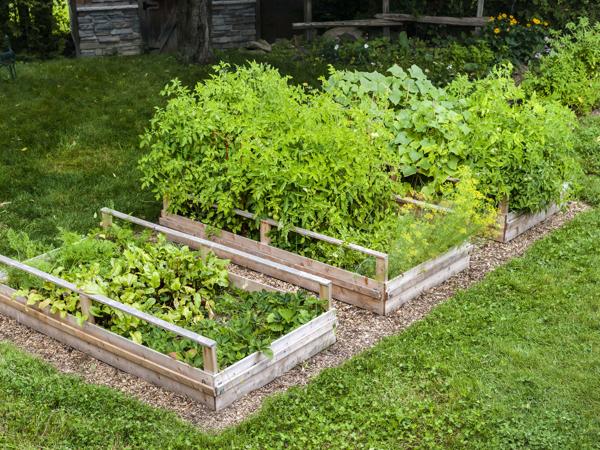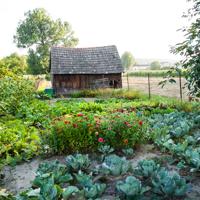When it comes to sustainable gardening, having the right tools can make your efforts more enjoyable and productive. Of all the equipment you might consider, a wheelbarrow is one of those humble yet indispensable tools that can ease the workload in your garden.
The Role of a Wheelbarrow
A wheelbarrow may seem simple, but it plays a critical role in transporting soil, compost, mulch, and harvested produce across your garden. It saves time and reduces physical strain, allowing you to focus more on fostering a healthy, sustainable garden.
Understanding Wheelbarrow Types
Single-wheel vs. Dual-wheel
Single-wheel wheelbarrows are often lighter and more maneuverable. If your garden has narrow paths or winding trails, this option might serve you well. However, they require balancing to prevent tipping, which might be a consideration for those with strength or stability concerns.
Dual-wheel wheelbarrows provide greater stability because of their two points of contact with the ground. These are particularly advantageous for moving heavier loads across flat surfaces. If your garden is expansive and mainly flat, this type might be more beneficial.
Material: Steel vs. Poly
Steel wheelbarrows are typically more durable and better suited for carrying heavy materials like rocks or wet soil. However, they can be heavier to push and more prone to rust if left exposed to the elements.
Polyethylene wheelbarrows (or poly for short) are lighter and resistant to rust, making them easier to maintain. They’re more suitable for carrying lighter materials or for gardeners who need to prioritize ease of use over heavy-duty tasks.
Choosing the Right Capacity
Wheelbarrow capacities can vary widely, often measured in cubic feet. A smaller capacity, around three to five cubic feet, might suit a small to medium-sized garden. Larger capacities, around six cubic feet or more, can be an asset if you have a large garden or regularly transport substantial loads.
Handle Types: Straight vs. Loop
Straight handles are traditional and offer a straightforward grip but can require more effort to lift.
Loop handles provide an easier grip and can be more ergonomic, allowing push, pull, or lift actions from different angles.
Consider Terrain and Garden Design
Tailor your choice to your garden’s layout and soil conditions:
- For rugged or uneven terrain, opt for a wheelbarrow with larger wheels to improve stability and ease of movement.
- If you have narrow garden pathways, prioritize maneuverability, possibly opting for a single-wheel design.
Personal Experience and Anecdotes
In my own garden, I’ve found that a poly dual-wheel wheelbarrow suits my need perfectly. Its light weight helps as I navigate the garden paths, and handling is a bit more relaxed during long gardening hours. However, when transferring loads of compost or mulch, I often pair it with a garden cart for that stability and volume.
Cost Consideration
When selecting a wheelbarrow, costs can vary from budget-friendly options under $100 to more specialized models exceeding $200. Whichever price range you decide on, ensure that the trade-off between cost, feature-set, and your own gardening requirements is satisfactory.
Concluding Thoughts
Choosing a wheelbarrow is a personal journey, one that balances your specific gardening needs and conditions. Take your time to explore and even test alternatives if possible, and remember it’s about what feels right for you and your beautiful sustainable garden.
References
- Burpee: Guide to Wheelbarrows
- Gardening Know How: Choosing the Right Garden Tools
- Master Gardeners: Wheelbarrow Types and Uses
Whether you’re starting a new garden or enhancing an existing one, the right wheelbarrow can be a valued companion, helping you nurture your garden to its full potential.




